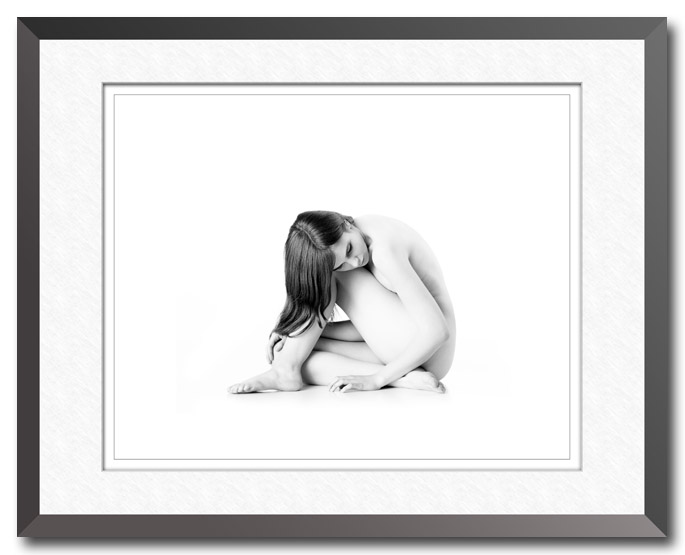
Yes, I used Photoshop to manipulate this photo. Keep reading to learn more.
If you’re familiar with my work then you probably already know that I’m an enthusiastic user of Photoshop. It can be controversial, and Photoshop has become an easy target for a certain group of activists, but I believe Photoshop is simply a tool. What’s important is how you use the tool, and whether you’re intent is to deceive.
In literature, there are clearly works of both fiction and non-fiction. I’ve never heard anyone complain that the latest novels from Steven King or John Grisham are just a made-up pack of lies and that those events never really happened. I think we all understand that a novel is a creative construction intended to entertain, not educate. If the same author writes a non-fiction book, then we expect it to be a true and accurate representation of actual events.
The same is true for photography. When you view a news or forensic photo, you have to trust that the photographer made every attempt to present their view of the scene as accurately and honestly as possible. But, when you’re enjoying a fine art photograph, you shouldn’t assume that what you’re seeing is real. It may be – or it may not be.
I can state with confidence that every one of my fine art photographs have been manipulated, some more than others. My manipulation is an integral part of my creative process; it’s how I create my own artistic interpretation the scene. I adjust colors and brightness, I crop the image, I stretch or distort areas, and I routinely remove objects or distractions. I will sometimes add something that wasn’t originally in the picture, but that is rare. Most importantly though, I will never try to convince you that I didn’t manipulate the photo.
 So, what about the moose photo above? This is the original frame from the camera with only default processing. We found this majestic moose standing in front of a magnificent scene of water, mountains and clouds. Unfortunately, the moose had chosen to stand next to a rather unsightly boat dock. Of course, it’s was easier (and less intrusive) to use Photoshop to remove the dock than to try to get the moose to move. Once the dock was removed, the moose appeared to be facing in the wrong direction, but a little more work fixed that.
So, what about the moose photo above? This is the original frame from the camera with only default processing. We found this majestic moose standing in front of a magnificent scene of water, mountains and clouds. Unfortunately, the moose had chosen to stand next to a rather unsightly boat dock. Of course, it’s was easier (and less intrusive) to use Photoshop to remove the dock than to try to get the moose to move. Once the dock was removed, the moose appeared to be facing in the wrong direction, but a little more work fixed that.
I don’t show this photo very often. It’s an interesting image, but I don’t find it particularly “artsy.” The bigger problem for me is that it looks like a nature photo rather than a fine art photograph. My concern is that we tend to look at nature photos with the same level of expectations for authenticity as news or forensic photos and many viewers will assume that the photo has not been manipulated.
So, now that you’ve seen the original, and you know more about the photo, does that change your view? Do you like the image less knowing that it was manipulated?
Update – if you’re interested in seeing how the edit was done without using the Clone Stamp tool you can download the layered Photoshop file here. You may need to right-click on the link and choose to save the target file (Save target as…).






